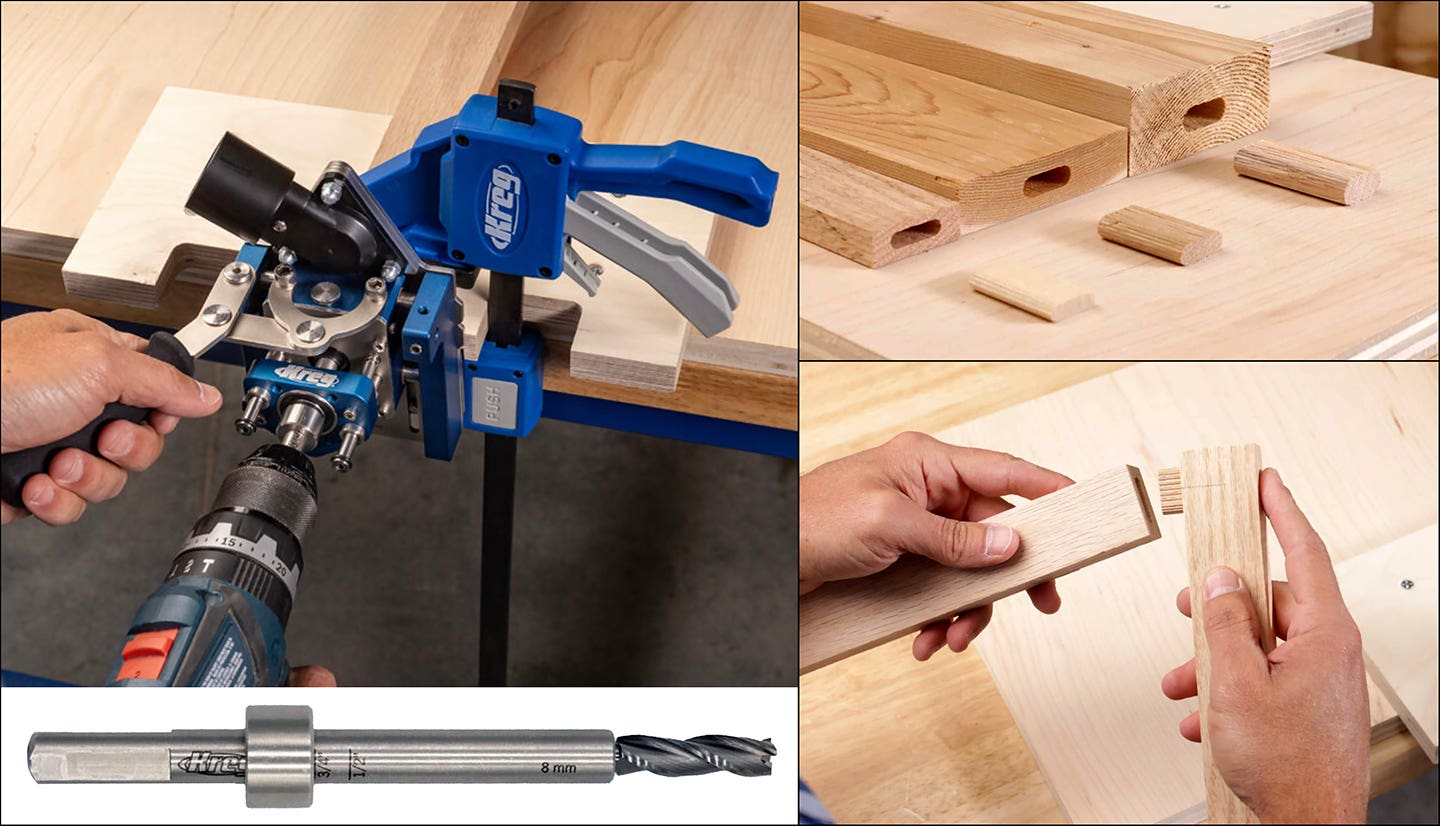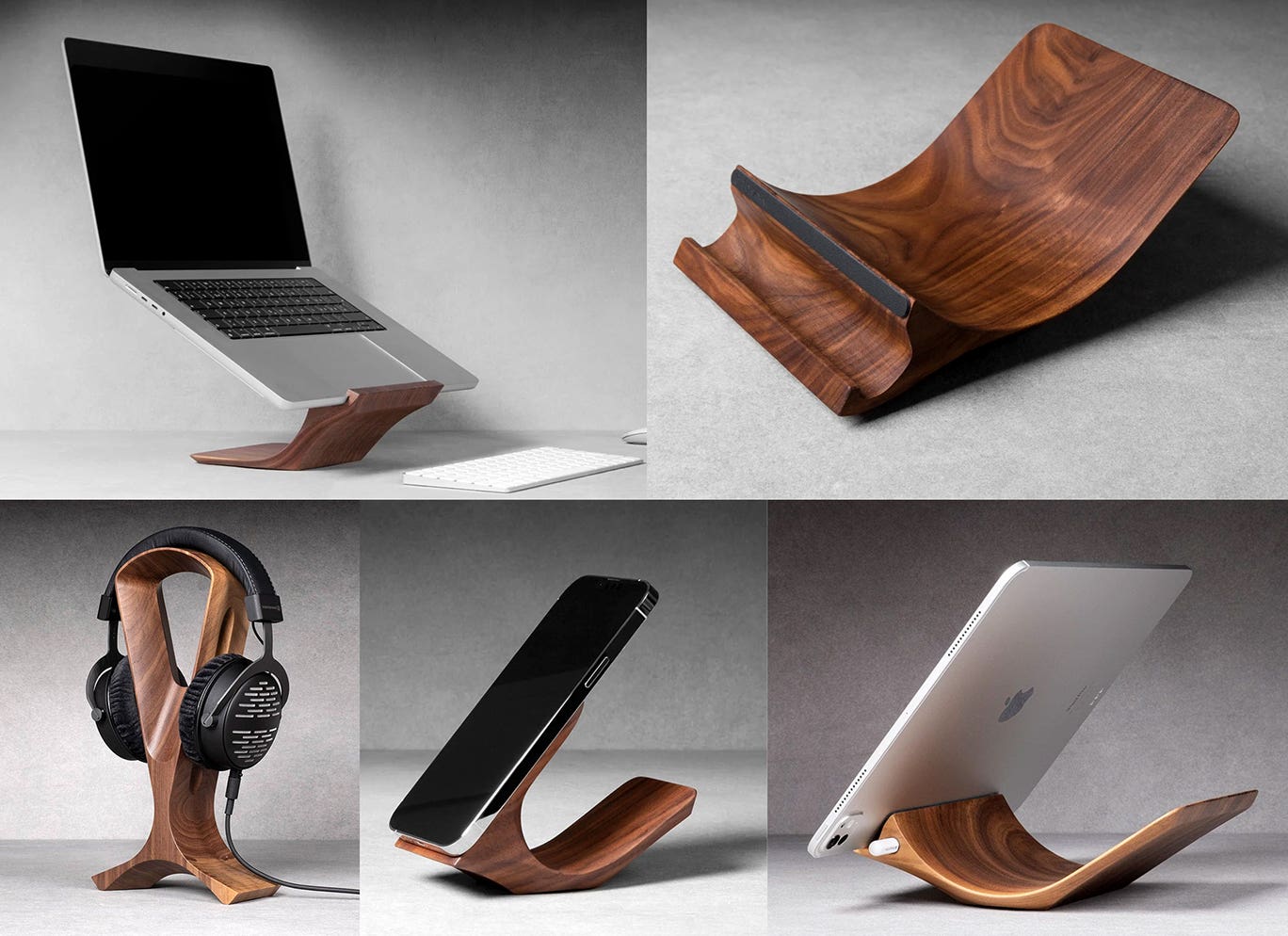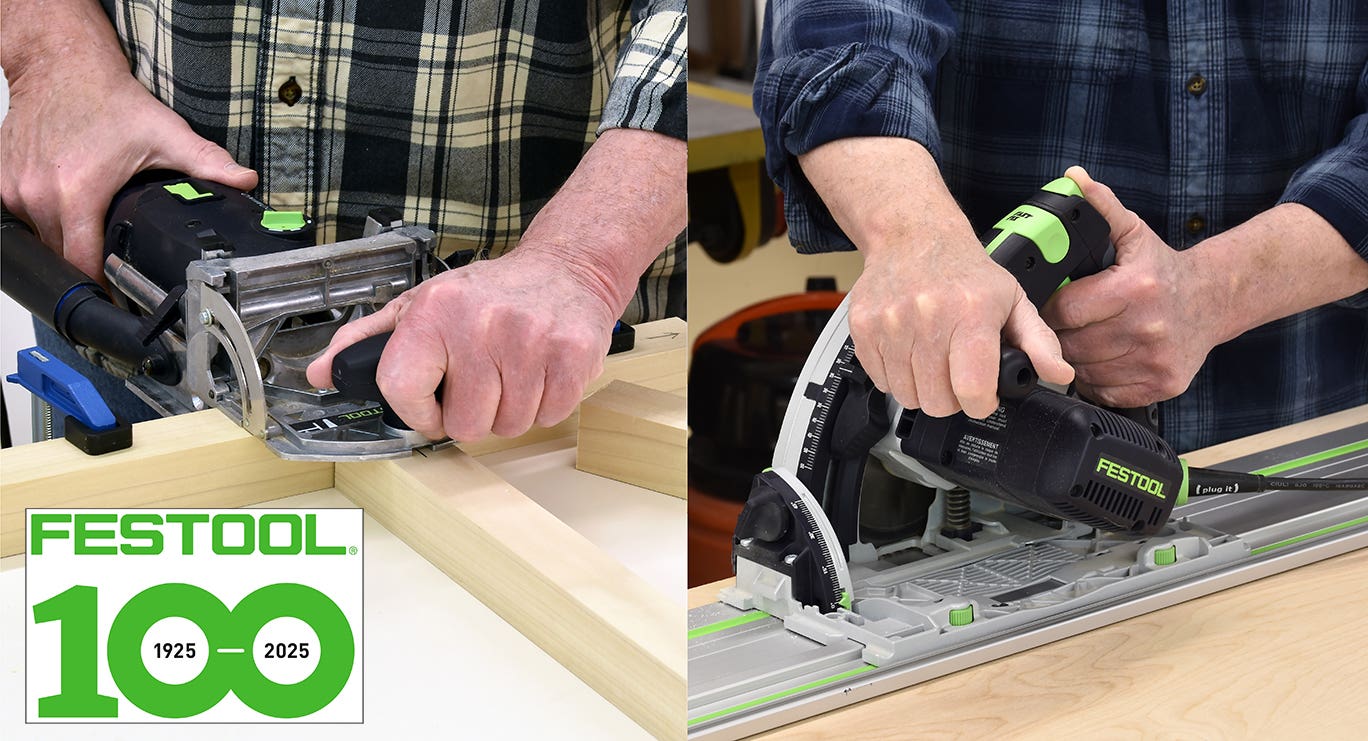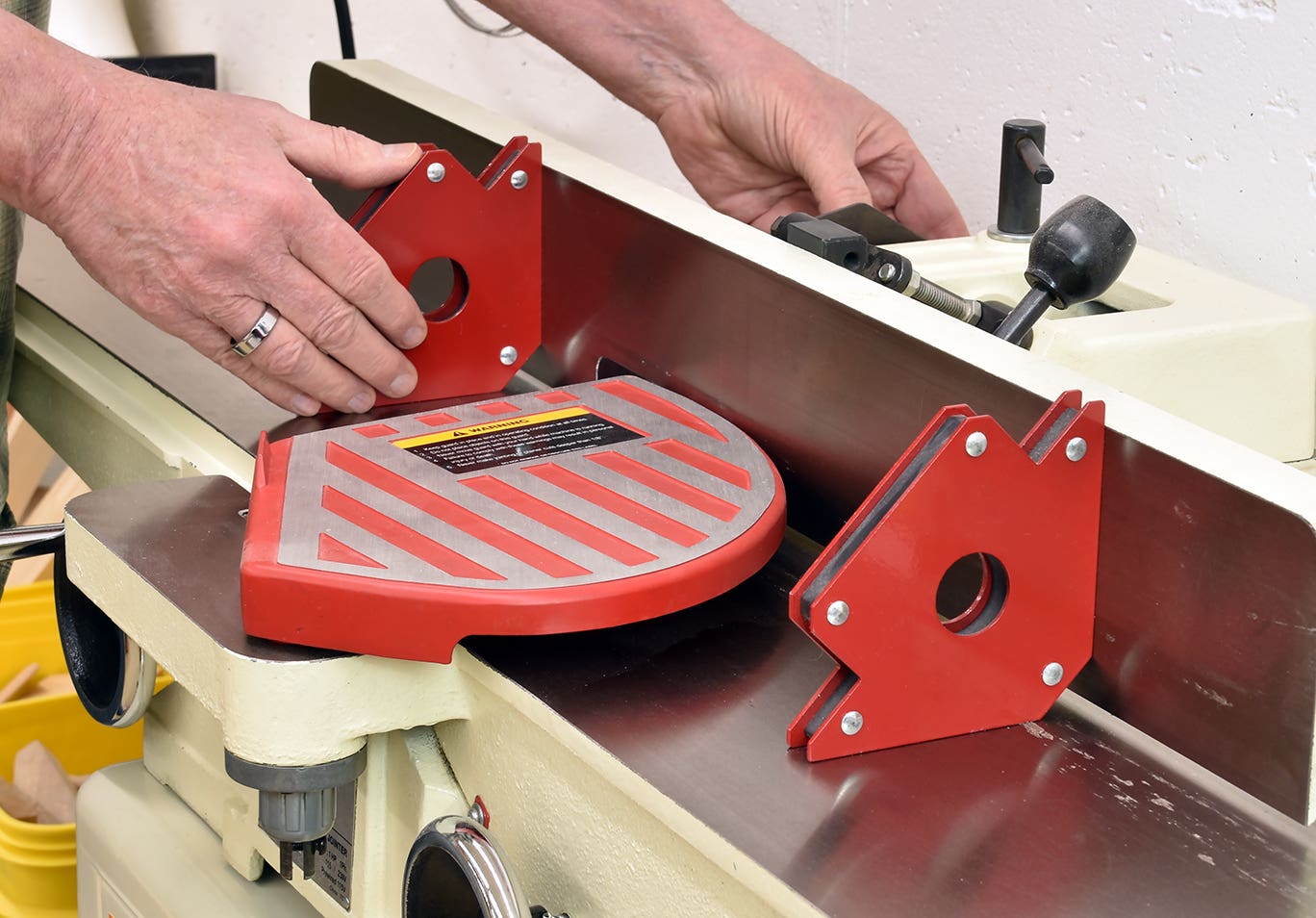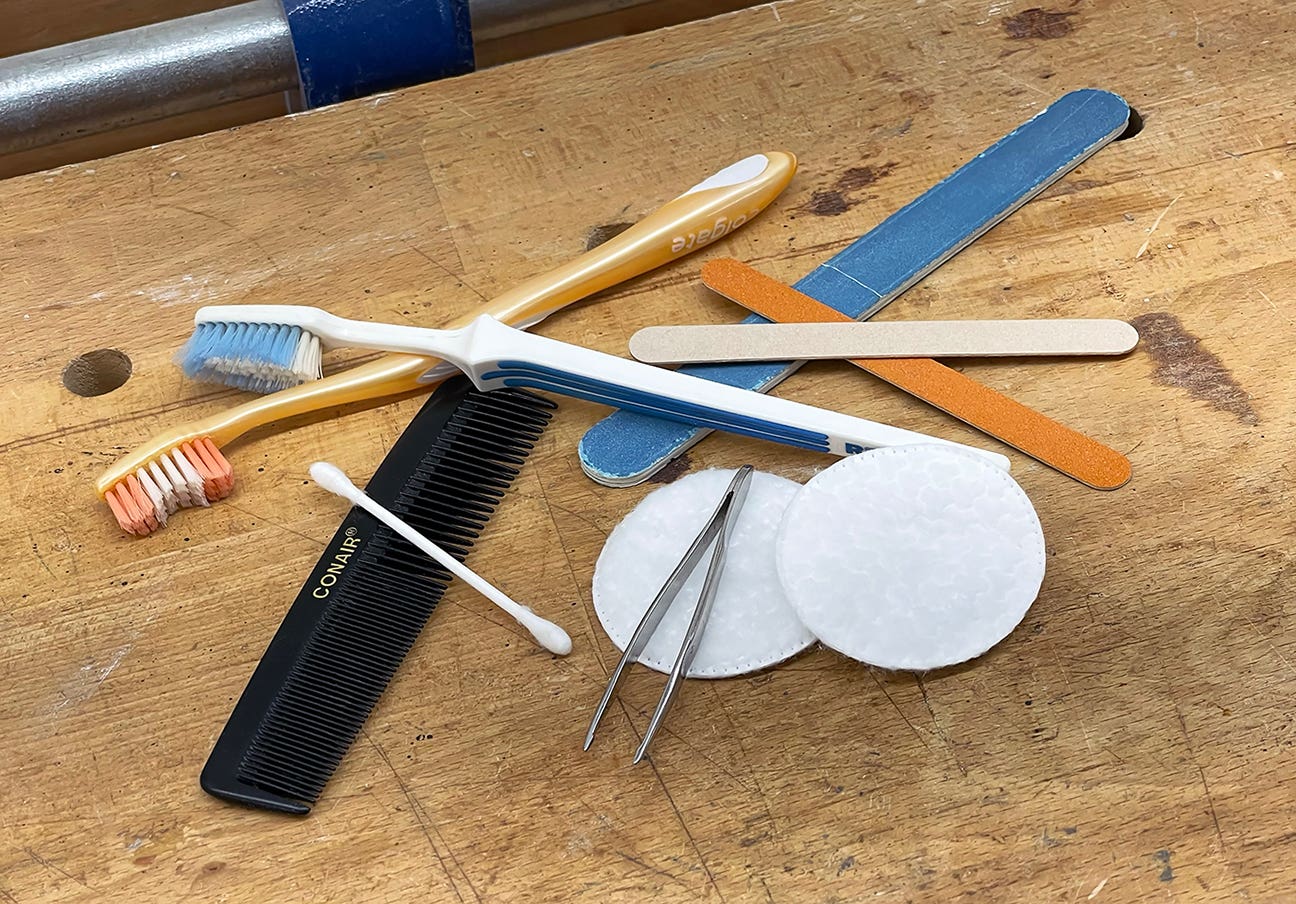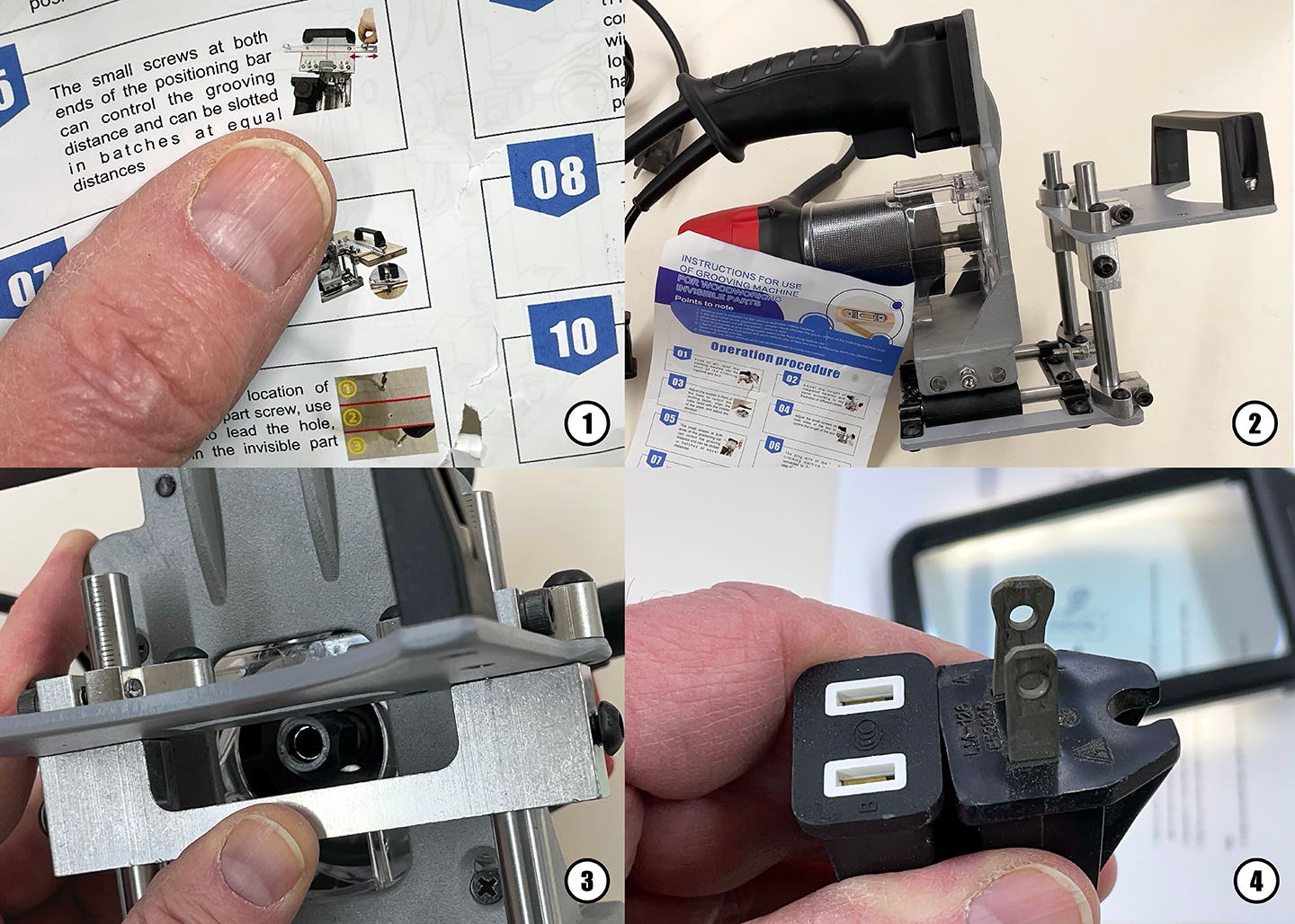Burnish your reputation with these burn-in skills
Burn-in is a process used to fill minor (and some major) voids in decorative surfaces. It is a development of an old process called shellac stick patching, wherein a tool…
Burn-in is a process used to fill minor (and some major) voids in decorative surfaces. It is a development of an old process called shellac stick patching, wherein a tool such as a palette knife was heated over an alcohol torch and used to melt a stick of solid-colored shellac. The stick was allowed to flow into the void and was then sanded or scraped smooth, possibly after having been somewhat leveled with the hot knife.
The materials have changed much through the years. We use synthetic thermoplastic resins in a great range of colors and degrees of opacity and with different properties of sheen, hardness, flexibility, heat and chemical resistance.
The tools have also evolved. Virtually no one uses an open flame to heat the burn-in knife anymore, although in the furniture factories many still use small electric ovens to heat a variety of knives. The electric knife — somewhat similar to a soldering iron or wood-burning iron — with interchangeable tips has become the standard for most people. These knives have the advantage of ease of use, safety and that they maintain a constant heat. The latest development in burn-in knives is the butane knife, offering adjustable heat and complete portability.
The basic technique
Burn-in was developed as a technique for repairing wood; it is now used extensively on non-wood surfaces also, such as plastic laminate, molded plastics, raw (unfinished) wood, MDF, particleboard, leather and even tile, pottery and glass. This is the basic technique that we use for doing burn-ins on finished wood, such as furniture, fixtures and flooring:
This is not the only method of affecting a burn-in repair, nor is it necessarily the best in every case. It is, however, the best method that we have discovered to teach a repairman who is not already very good at burning in a method that will work in almost all cases. This method has been tested with tens of thousands of students; many of whom have become experts and have further adapted and developed the basic method. I have personally taught this method to thousands of students. Behlen and Mohawk currently sell the products and tools described. Different results can be expected if different products and tools are used.
Typically you will select a color of burn-in stick that closely matches the background color of the wood in the area of the damage. Generally, this will be a color lighter than the overall color or appearance of the finished wood. Particularly, it should not be too bright or too intense in any color. If it is a weaker or less intense color, it will be easier to bring to the hue and intensity desired with additional coloring steps. An exception might be in the case of a small burn-in, especially in a darker wood, or in a wood that has a lot of figure or grain or distressing in which a repair can easily hide. In that case, you might select a color that fits in even though it might not exactly match the color of the wood you are repairing.
The damaged area (chip, gouge, deep scratch, hole) should be prepared for the repair in this manner. (To simplify this explanation, we’ll presume that the damage is to a horizontal surface.) First, determine if there are splinters or portions of the damaged area that rise above the plane of the damaged surface. If there are, remove them. Use a razor knife, chisel or other appropriate tool.
Credit card trick
When you are first learning, here is a trick that you might find helpful. Slide the edge of a credit card across the damage, holding it down at a low angle and push the edge across the damaged area as if it were a plane blade. If it catches, you know that some portion of the wood or the finish around the damage is raised and will have to be leveled. Gradually you will discover that in virtually all damage into the wood some portion of the wood or finish is raised above the plane of the original finish.
Clean the area around the damage with a cloth dampened with Wax Wash to remove any contaminants that could interfere with the adhesion or drying of any finish you might put on the damaged area.
Lightly sand the area with 400 waterproof paper lubricated with a 10/90 mix of Wool-lube and water, then test with the credit card. After you have developed some feel for this, the credit card test will no longer be necessary. Sand only as much as is necessary to level the surface. If you are using the Behlen electric burn-in knife, allow it to heat up for three to five minutes.
Holding the knife in your dominant hand as you would hold a screwdriver, rotate the hand thumb outward until one corner of the blade is lowermost and incline the hand downward until the burn-in knife, along its longitudinal axis, inclines toward the hole at an angle approximately 30 to 45 degrees from the horizontal. Place the corner of the knife into the hole as nearly in the center of the hole as possible.
Touch the burn-in stick you have selected to the exposed upper surface of the blade, allowing it to melt and flow toward the lower corner of the knife. Do not shake or dab with the knife in an attempt to encourage the burn-in stick to flow into the hole. Add more stick if necessary and let the heat of the knife liquefy the burn-in material so that it flows into the damage. When the hole is slightly overfilled, stir the knife tip around so that the molten burn-in stick contacts all the broken edges of the finish. Do so in such manner that all the burn-in stick remains molten, move the knife to the center of the hole and lift it straight up. This encourages any bubbles that might have formed in the damage to follow the knife out.
Wipe the knife off with a scrap cloth and set it down in a safe place. Immediately, moisten the tip of a finger with Burn-in Balm, or your mixture of Wool-lube and water, and tap gently and tentatively on the top of the burn-in. If contact with the burn-in is painful, or if it seems that it would be painful if continued, gently tap until it cools a bit. If it does not seem hot enough to burn (cause pain to) your finger, gently press the burn-in, flattening the upper surface.
As the burn-in cools, it firms and hardens. Within a minute or so it will be a solid material completely filling the damage. Apply burn-in balm over and around the damaged area, covering all the finish where the burn-in knife might contact the finish. When you are first learning this, be careful and conservative; use a lot of balm and cover the finish for an inch or so around the repair.
The purpose of the balm is to help protect the finish from the heat of the knife and to prevent the burn-in stick from adhering to the finish around the damage. It helps to prevent ancillary damage from the knife, but will not protect against poor procedure.
Next, take the burn-in knife in the same grip as described earlier and, holding it at a low angle (30 degrees or less) over the burn-in, allow the heat of the knife to soften the burn-in stick in the damage. At this point you should not be touching the burn-in with the blade of the knife.
When you have softened the stick for 30 seconds or less (depending on the size of the fill), using a motion like an airplane making a touch-and-go landing, wipe over the burn-in with the edge of the knife (as you would use a putty knife) at such a speed that the heat of the knife will soften the fill and remove a portion of it. Wipe the blade of the knife with your scrap cloth. Repeat this stroke, changing the direction of the stroke occasionally, until you can clearly see the outline of the original hole or damage. The fill will not be completely level or flush with the original finish at this point.
Wavy lines in the finish corresponding to the direction of travel of the knife, on either side of the repair, indicate too strong a grip on the knife and perhaps too much downward pressure applied to the knife, causing either the toe or the heel of the blade to dig in slightly. It is imperative that you do not stop the knife on the finish at any time. If the stroke is too fast, you will not remove any material. If it is too slow, you will melt or otherwise damage many finishes. Do not press down on the knife as you stroke. The weight of your hand and forearm is sufficient weight.
Troubleshooting
If, after performing the above-described procedure, you see in the finish lines perpendicular to the direction of travel of the knife, approximately the length of the width of the knife blade, you know that you have stopped the knife on the surface. You must keep the knife in motion, never stopping it on the surface.
Scratches or ridges across the burn-in and finish, in the direction of travel of the knife, indicate a dirty, burred or scratched knife blade. A dull, smeary look across both the burn-in and the adjacent finish generally indicate too high a heat and/or too slow a stroke across the burn-in.
To complete the leveling process, wrap a small piece of 400A wet or dry sandpaper around a felt, cork or rubber block and lubricate the paper with a mixture of Wool-lube and water (50 to 90 percent water).
Sand gently in the direction of the grain, if any, with several strokes. Check for levelness with your finger and repeat as necessary. If it takes more than 20 strokes or so, then you will know that you could have leveled more completely with the burn-in knife. The ideal is to have the burn-in sufficiently leveled with the knife that it takes a minimum of sanding to make the fill perfectly smooth and flush with the original surface. Excessive sanding should be avoided.
Once the burn-in is perfectly level or fair with the original finish, you are ready for additional color, graining and topcoating. Many techniques and products can be used to replace lost color, grain and topcoat.
While real skill at burning-in is considered a mark of a craftsman, the technique is not difficult to learn, requiring only attention to detail and a lot of practice on scrap. The skill, once mastered, still provides the fastest method of doing an effective fill on a finished surface.
Greg Williams, formerly senior touchup and finishing instructor for Mohawk Finishing Products, is now a freelance instructor and consultant.
This article originally appeared in the June 2015 issue.


